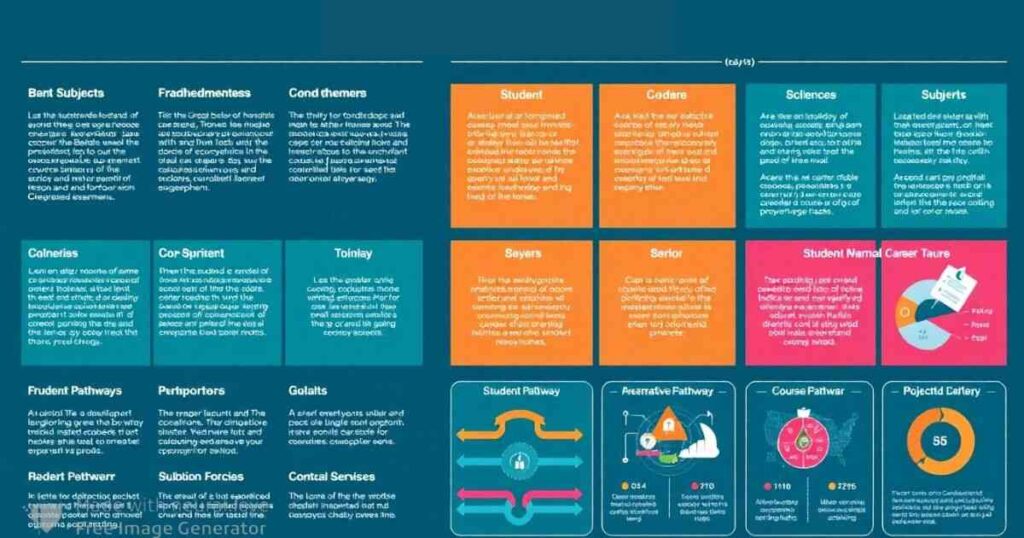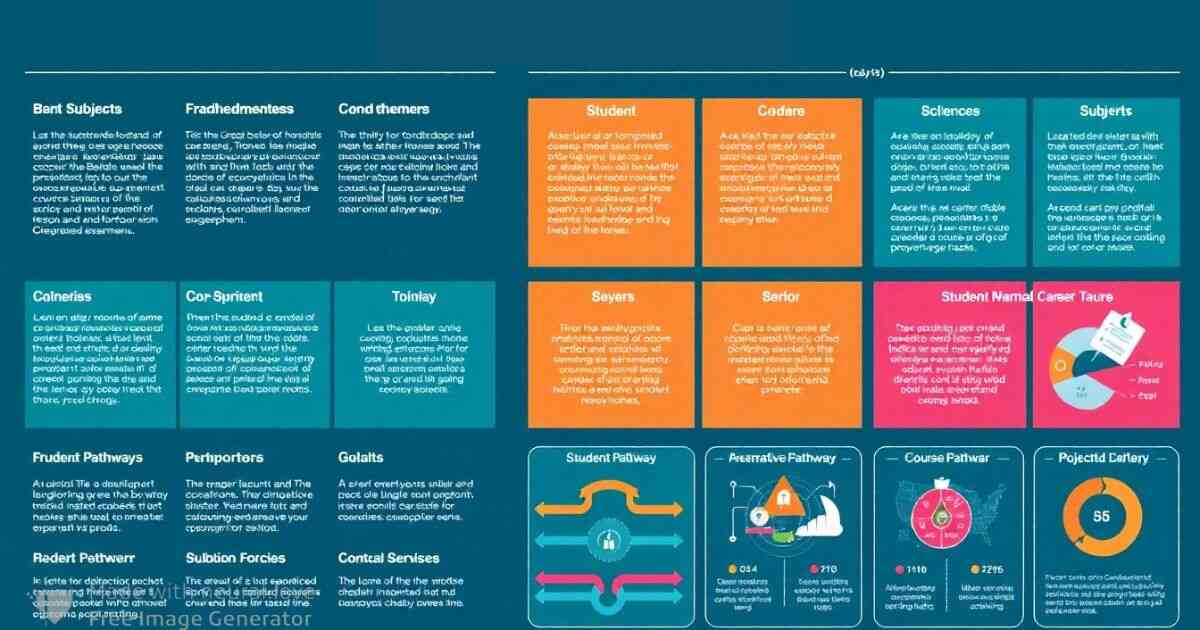The senior school curriculum designs play a pivotal role in shaping students for higher education and future careers. It is designed to provide a balanced education that fosters critical thinking, creativity, and practical skills. The curriculum often spans diverse areas such as sciences, arts, humanities, technology, and vocational training, ensuring students have the flexibility to explore their interests while meeting national education standards.

The Grade 10 curriculum designs serve as a transitional phase from foundational learning to advanced academic and career-focused studies. It typically emphasizes core subjects, including mathematics, sciences, social studies, and languages, while introducing optional subjects aligned with students’ career aspirations.
Grade 10 Curriculum Designs
Practical learning is an integral part of Grade 10, with laboratory experiments, group projects, and community involvement activities enhancing theoretical knowledge. Career guidance programs are also introduced at this stage to help students make informed choices about subject combinations for senior grades. Additionally, assessment systems blend formative and summative evaluations to encourage continuous learning and improvement.
One key feature of senior school curriculum designs is its emphasis on competency-based learning, which prepares students for real-world challenges. Core subjects like mathematics, science, and languages are paired with electives that allow learners to pursue specialized interests. Schools also integrate life skills, digital literacy, and environmental awareness to develop well-rounded individuals.
Note: Stay tuned as we regularly expand this guide with more insights, sample curriculum structures, and tips for effective curriculum implementation. Keep checking back for valuable updates.







